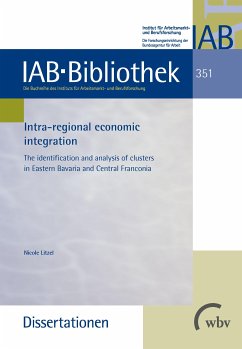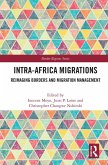Die Wettbewerbsfähigkeit von Betrieben hängt aufgrund ihrer möglichen Einbettung in die regionalen Wirtschaftsstrukturen auch von den lokalen Bedingungen ab. Deswegen stehen Wirtschaftscluster bereits seit geraumer Zeit im Fokus der regionalökonomischen Forschung und der regionalen Wirtschaftspolitik. Wie können regionale Cluster identifiziert werden? Welche Rolle spielen Cluster im internationalen Standortwettbewerb? Von welchen Faktoren hängt die Kooperation zwischen Betrieben innerhalb eines Clusters ab? Und welche Auswirkungen auf Überlebenswahrscheinlichkeit und Beschäftigtenwachstum hat es, wenn sich Betriebe in Clustern positionieren? Diesen und anderen Fragen geht Nicole Litzel - gestützt auf Daten aus dem regionalen Informationssystem CORIS - am Beispiel der Wirtschaftsregionen Nürnberg und Ostbayern nach. As many establishments are embedded in regional economic structures, their competitive advantages also depend on local conditions. In many regions, these are shaped by regional clusters. Hence, for more than two decades, clusters have attracted a great deal of attention from regional economics and regional economic policy. Which role can clusters play in the progressing integration of markets and the international division of labour that accompanies it? What drives intra-regional cooperation between establishments? And do establishments that position themselves in clusters differ from others in terms of survival rates and employment growth? These are the questions Nicole Litzel addresses using the example of two economic areas in Bavaria, based on data from the cluster-oriented regional information system CORIS.
Dieser Download kann aus rechtlichen Gründen nur mit Rechnungsadresse in A, B, BG, CY, CZ, D, DK, EW, E, FIN, F, GR, H, IRL, I, LT, L, LR, M, NL, PL, P, R, S, SLO, SK ausgeliefert werden.









